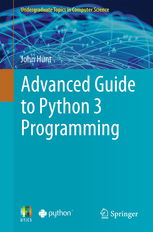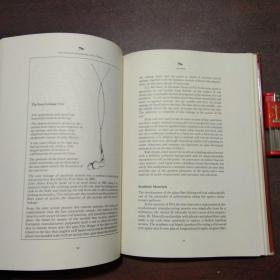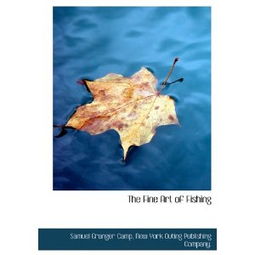Content:
Fishing is an enjoyable outdoor activity that requires patience, skill, and precision. One of the most critical skills for any angler to master is the art of casting. A successful cast can mean the difference between a thrilling day on the water and frustration. In this article, we will delve into the essential techniques for using the fishing rod and line to cast effectively.
Choosing the Right Equipment
Before diving into the casting techniques, it's important to ensure you have the right equipment. Select a fishing rod that is appropriate for your fishing style and the type of fish you're targeting. A lightweight rod is ideal for casting accuracy, while a heavier rod is better for casting longer distances. Additionally, choose a quality fishing line that matches the weight and strength of your rod.
1 Rod Selection
The length of the rod should be based on the type of fishing you'll be doing. Longer rods are better for casting long distances, while shorter rods are more versatile and easier to handle in tight spaces. A rod with a good balance point will also enhance your casting experience.

2 Line Selection
The fishing line should be chosen based on the type of fish you're targeting and the environment you'll be fishing in. Monofilament lines are flexible and easy to cast, while braided lines offer higher strength and sensitivity. Fluorocarbon lines are a popular choice for their transparency and reduced stretch.
Basic Casting Techniques
1 Grip the Rod Properly
To start, hold the fishing rod with both hands. Place your index finger on the reel seat and your thumb and middle finger on the handle. Keep your grip firm but relaxed, allowing for a smooth casting motion.
2 Position the Rod
With the rod in your hands, bring it up to eye level and point it towards your target. Adjust the angle of the rod to create a loop in the line that will allow for a smooth casting motion.
3 The Casting Motion
There are two primary casting motions: the overhead cast and the sidearm cast. The overhead cast is the most common and involves raising the rod above your head and then flicking it forward. The sidearm cast is performed by sweeping the rod to the side and then flicking it forward.
4 Timing and Power
Timing and power are crucial in a successful cast. The key is to load the rod by bending it back, then accelerate through the casting motion with a smooth, powerful flick of the wrist. The timing of the flick should be at the peak of the rod's bend.
5 Practice and Drills
Practice is essential to master the art of casting. Start by practicing your grip and rod position. Then, focus on the casting motion, timing, and power. Drills such as casting at a target or casting with different weights can help improve your casting technique.
Advanced Casting Techniques
Once you've mastered the basic casting techniques, you can move on to more advanced techniques. These include:
1 The False Cast
A false cast is used to remove line from the water and bring the lure closer to your target. There are two types of false casts: the forward false cast and the backward false cast. Practice these casts to improve your line control and distance.
2 The Roll Cast
The roll cast is a useful technique for casting into tight spaces or when the wind is against you. It involves rolling the line forward instead of flicking it with a wrist motion.
3 The Toss Cast
The toss cast is an effective method for casting at long distances or when dealing with strong winds. It involves throwing the line with a forward motion and using the momentum of the throw to load the rod.
Conclusion
Mastering the art of casting is an essential skill for any angler. By selecting the right equipment, practicing basic casting techniques, and exploring advanced techniques, you'll be well on your way to casting with precision and confidence. Remember that practice is key, so don't be afraid to spend time honing your skills on the water. Happy fishing!












